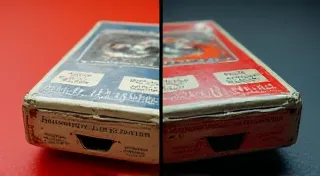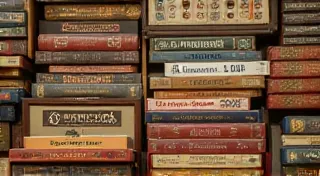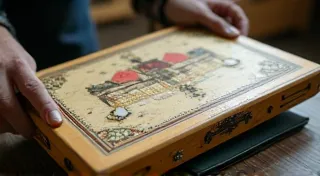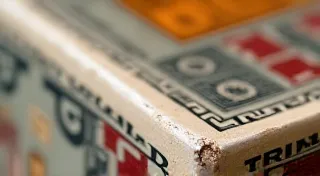The Value of Game Boxes: Condition Matters More Than You Think
For those of us deeply immersed in the world of vintage board games, the thrill of the hunt is undeniable. We chase after elusive titles, research obscure variations, and pore over auction listings. But often overlooked, yet crucially important, is the condition of the game box. While the game itself holds inherent value, the box is often the single biggest factor determining a game’s price and desirability. This guide explores the intricate relationship between box condition and value in game collecting, offering a detailed breakdown to help you assess your treasures.
Why is Box Condition So Important?
Think of a vintage board game as a package deal. The game components – the board, cards, pieces – are essential, of course. But a damaged, faded, or missing box dramatically diminishes the overall appeal and worth. Collectors prioritize complete sets, and a pristine box is a significant part of that completeness. It speaks to the care the previous owner took, and it enhances the aesthetic pleasure of owning a piece of gaming history. A well-preserved box protects the delicate contents and tells a silent story about the game’s journey through time.
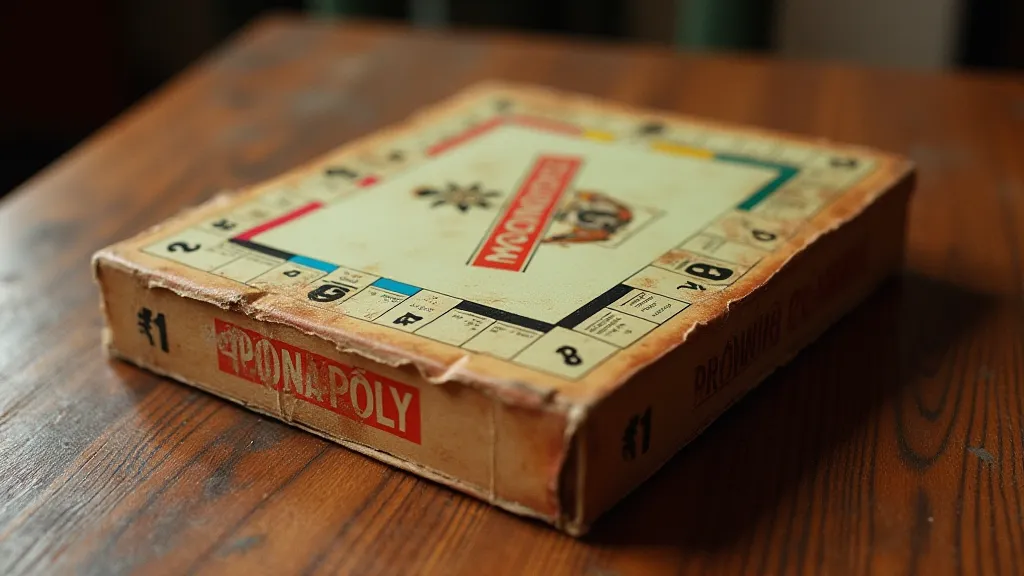
Understanding the Grading System
While a universal grading system doesn’t exist, collectors generally use a tiered approach to assess box condition. Here's a breakdown to get you started:
- Poor (P): The box is heavily damaged. Expect significant tears, large pieces missing, major fading, water damage, stains, and potentially missing end flaps. Little of the original artwork is visible.
- Fair (F): The box is significantly worn. Expect numerous tears, scuffs, fading, and possibly missing flaps. Artwork is faded and distressed.
- Good (G): The box shows wear and tear but is generally intact. Expect some scuffing, minor tears, and fading. The main artwork is present and relatively clear.
- Very Good (VG): The box shows only light wear. Expect minor scuffing, slight fading, and perhaps a small tear or two. The artwork is clear and vibrant.
- Near Mint (NM): The box is in exceptional condition, showing minimal wear. Expect only the faintest of imperfections.
- Mint (M): The box is virtually perfect, as if just released from the factory. Extremely rare to find.
Remember, these are guidelines. A slight crease or a small tear might move a box from ‘Good’ to ‘Very Good’, depending on its location and impact on the overall appearance.
Key Factors to Consider
Beyond the simple grading scale, here are a few specific things to look for when assessing box condition:
- Fading: Exposure to sunlight significantly impacts box colors. Look for uniformity of color; uneven fading devalues the box.
- Tears & Creases: These are common, but larger tears and sharp creases diminish value.
- Dust Jacket/Wrap-Around: Many vintage games came with a dust jacket or wrap-around to protect the box. The condition of this protective layer is crucial. A damaged or missing wrap-around significantly impacts value.
- End Flaps: Complete and intact end flaps are essential for a higher grade.
- Spine: The spine of the box is particularly vulnerable to damage. Look for tears, creases, and fading.
- Shape: A box that’s been crushed or warped will negatively affect its value.
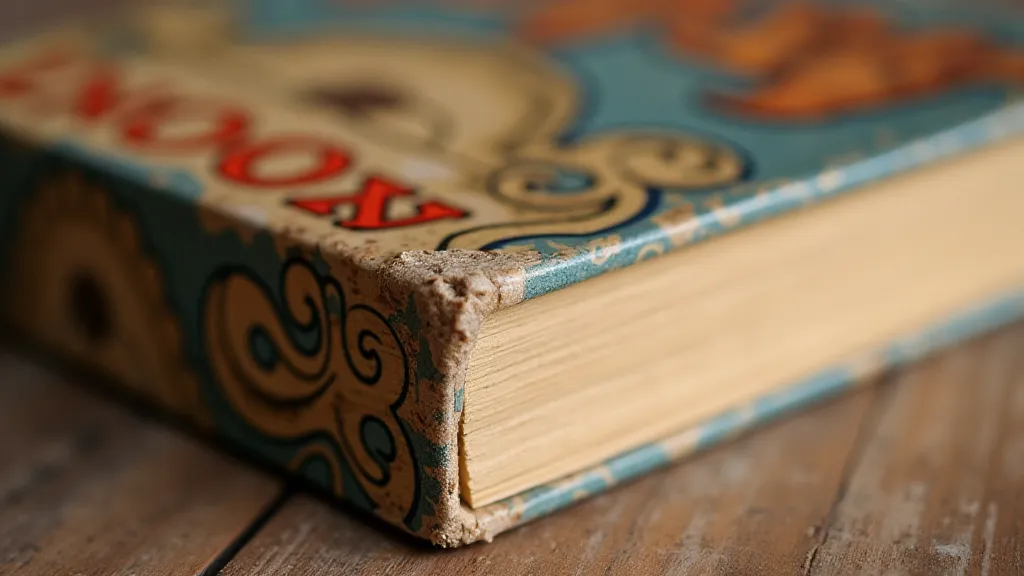
Impact on Value: Real-World Examples
Let's consider a common example: Clue from the 1950s. A complete game in a Poor condition box might sell for $20-$30. The same game in Near Mint condition could fetch $150 or more. The difference is staggering and directly attributable to the box’s condition. The scarcity of games in excellent condition is a major driver of higher prices.
This principle applies across virtually all antique games. A pristine box transforms a common title into a prized collectible. Even a slightly damaged box can still be valuable if the game itself is incredibly rare or desirable.
Protecting Your Investment
Once you’ve acquired a vintage board game, protect your investment! Store boxes upright, away from direct sunlight and moisture. Consider using archival-quality boxes or protectors to further safeguard the original box. Proper storage can help preserve the box's condition and maintain its value for years to come.

Conclusion: Appreciate the Details
For dedicated game collecting enthusiasts, the condition of a game box isn’t just about aesthetics; it’s a critical determinant of value and a key element of the collecting experience. Take the time to carefully assess each box, understand the grading system, and prioritize preservation. By doing so, you’ll be better equipped to appreciate the true worth of these treasured pieces of gaming history.
